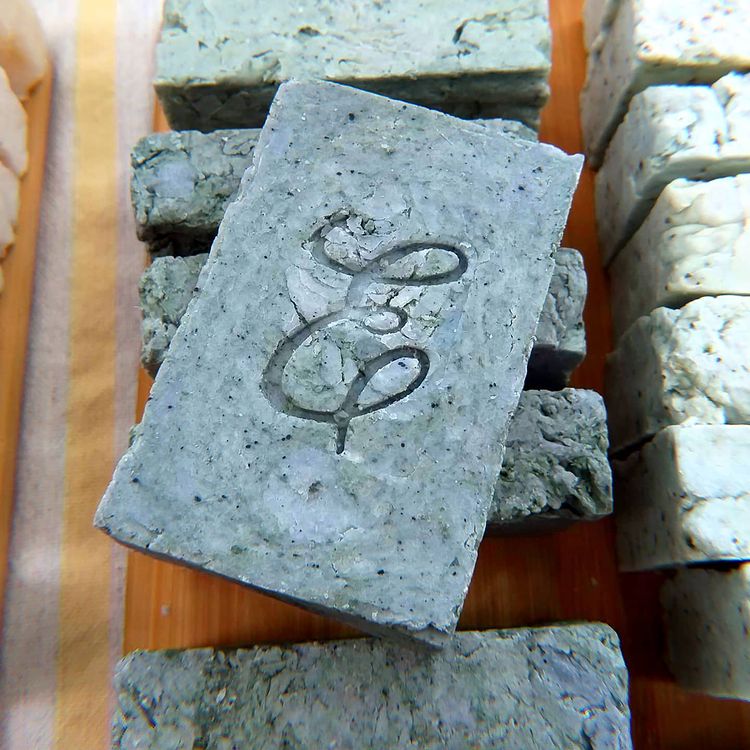What is a hot process soap?

Soapmaking involves a chemical reaction called saponification. This happens when lye is added to the soap base and is activated. Lye saponifies all the ingredients it gets into contact with, and this is where hot and cold process methods differ. When making soap with the cold process method, all the ingredients are added in one go, and then the soap can be cut and has to be cured for 6 weeks. Meanwhile lye saponifies everything in that soap, even the skin nourishing butters and oils.
With the hot process method, the saponification process is sped up by using heat. It’s a more delicate process and you really need to know what you’re doing, so this is no DIY soap-kit territory. After saponification is done, nourishing ingredients, like shea butter, essential oils & clays can be added, and since the lye is done with its job, these ingredients can now give their 100% to your skin. Oh, and there’s no curing period, so hot process soaps are as fresh as they can be.
All soaps at Eva’s Soapery are made with the hot process method, which means when you read the ingredient list, you can be sure the added nourishing butters and oils are really pulling their weight.